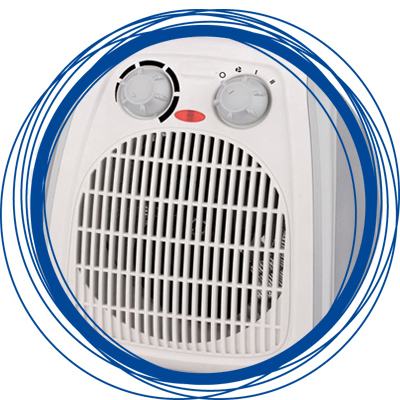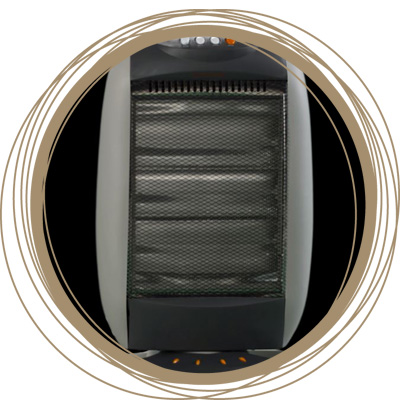
Even though Eskom is confident it can keep the lights on without implementing loadshedding this winter, adopting the most efficient heating solutions will make everyone a winner by the end of the winter, particularly during these tough times where the Covid-19 pandemic has had the effect of reducing, or eroding incomes because of the lockdown.
|
So, what is the most energy efficient and appropriate heating option for your home? Understanding the various heating options, will help you make an informed decision about how best to keep your house warm whilst still being energy efficient how best to keep your house warm whilst still being energy efficient. First and foremost
Even though Eskom is confident it can keep the lights on without implementing loadshedding this winter, adopting the most efficient heating solutions will make everyone a winner by the end of the winter, particularly during these tough times where the Covid-19 pandemic has had the effect of reducing, or eroding incomes because of the lockdown.
Underfloor heating According to energy experts, underfloor heating is the most ineffective way to heat your home. The floor has to be heated before the temperature influences the warmth of a room and are installed very zone specific and even then, the warm air continues to rise to the ceiling. In homes without roof insulation, underfloor heating will fight a losing battle. Wall-mounted heaters
Most wall-mounted heaters are low in heating capacity and for them to heat up a room to a comfortable temperature requires them to be left on for a long time. To feel the heating effect the heater must be mounted close to where the heat is needed but even then, the heat they radiate is partly absorbed into the walls and heats up the bricks.
|
Gas vs electric heaters
Then there’s the battle of the heaters, whilst many people use gas heaters, they aren’t necessarily more effective than electrical heaters. Given the cost parity of bottled gas versus electricity, and the frequency at which one has to replace the gas bottles, electric heating is more convenient and controllable. The one advantage of gas heaters is that they have the ability to give off heat at higher heating capacity rates and can warm a room almost immediately but remember you pay for the rate at which heating energy is produced. Should you only have an electric heater, then ensure that you insulate the room by closing windows, blocking all possible draughts coming through and once the room is warm, switch it off and use only what you need.
Note*: If you are using combust fuels (such as gas heater or a fire place) ensure that your home has an airbrick situated near the bottom of an external wall or a normal gap of at least 6 mm underneath an external door (or a combination of these) to provide sufficient ventilation, according to SANS 10087-1: 2013
Oil heaters
When looking at options to heat your home this winter, one of the options to consider is an oil heater equipped with a thermostat. Oil heaters are most effective in contained spaces such as a single room. Open-plan living areas are simply too big for an oil heater to make a real impact. They do take a little longer and a fair amount of energy before the heater’s effect is felt because the oil and metal take time to warm up, however when the set temperature of the oil are reached, the thermostat will maintain the temperature of the oil at the rate of which the heat energy is being radiated.
Fan heaters
A typical fan heater is another option to consider. Fan heaters provide heat and comfort immediately and they can be directed to where the hot air is most needed. Fan heaters have various temperature settings to select the quantity of elements to be switched on and most fan heaters come with a small container that can be filled with water to prevent the air in the room from drying out.
Air-conditioner
An air conditioner with a heating cycle can be very effective and cost efficient. Typically, an air conditioner would use about half the power of an electric heater. However as the temperature drops below 5ºC the efficiency of the air conditioner would drop as there is not enough heat to be absorbed from the ambient air.
Consider your needs, your room, your budget and your energy costs when deciding how to heat up your home. The right choice will mean you’re warm and cosy and safe – without blowing your budget.
Remember to keep an eye out and respond to the real-time Power Alert messages on SABC, etv and DStv to help manage the strain of the electricity system. Together we can make a difference and keep the lights on.

